Wind rattles the barn doors as it sweeps across the open pasture where llamas — like all faithful sentries — keep a watchful eye. Daisy the Cow calls for her morning meal, piercing the din of volunteers filling hay bins and water bowls.
“It’s time to bring out the pigs!” exclaims Alecia Torres, shelter director for Heartland Farm Sanctuary, an oasis for 80 rescued farm animals near Madison, Wis.
“Just a few more minutes,” someone responds. “We’re almost done making their salads and peanut-butter sandwiches!”
I put down my knife amid a pile of quartered purple grapes, wipe my damp, cold hands on my jeans, and begin to hand Torres some paper grocery bags. They’re filled with grapes and sandwiches as well as handfuls of lettuce and halved bananas with the peels still on.
Suddenly, a volunteer appears in the barn’s hallway accompanied by a rumbling 800-pound pink-and-black-spotted pig named Maxine. Quite literally a pig in a blanket of warm straw moments ago, Maxine sees the bag in Torres’s hand and eagerly follows her to a covered straw patch next to the barn.
Watching Maxine’s black tail turning in a gentle circle as I follow on her heels, I can’t help but smile. I’ve never seen a pig eat from a paper bag.
“Eating from the bag slows her down, and it is also fun and a form of enrichment,” Torres explains. “People don’t realize how smart pigs are. They need activities to stimulate their minds, just like dogs.”
Watching the scene from across a neighboring fence and yearning for her morning grain, Daisy lets out another mooooo — startling me out of my pig-watching trance.
There’s no time for spacing out here; a daunting list of chores fills an immense dry-erase board hanging on a wall near the barn’s “kitchen.” The space is full of no-nonsense, kind-hearted Midwestern women of all ages who are chopping salad veggies for chickens, ducks, and turkeys — each of which have specific dietary needs.
Since food prep is well under way, Torres sends me outside into the steady drizzle with a rake to clear wet straw from the chicken coops. It’s a cold morning, so most of the animals — including sheep, donkeys, llamas, geese, a miniature horse, and some sweater-wearing goats — are snug inside their respective shelters where it’s warmer and dry. But I’m not alone.
An enthusiastic pot-bellied pig named Lucy follows me around the damp grounds, rooting in my piles of straw. Watching her gleefully foraging for scraps, I can’t help but think we’ve both found our happy place.
Putting Animals First
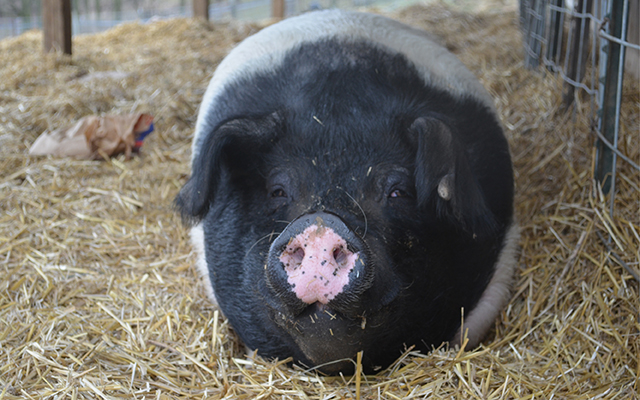 Photography by Heidi Wachter
Photography by Heidi WachterThe Humane Society of the United States estimates there are about 10,000 animal rescues and sanctuaries currently operating in North America. These refuges give new lives to farm and companion animals; exotics such as reptiles, bears, and tigers; and retired or rescued elephants and other circus performers. Some offer tours and onsite lodging, but many are not open to the public.
What they all share is a fierce dedication to animal welfare. At Chicken Run Rescue (www.chickenrunrescue.org), “the health and happiness of the chickens are top priority,” cofounder Mary Britton Clouse tells me while holding a rooster named Magellan. The bird and his brother, Brighton, arrived at the refuge after being used and abandoned by people performing a ritual.
Since its founding in 2001, the nonprofit microsanctuary near St. Paul, Minn., has rescued more than a thousand chickens — including many refugees of the backyard-chicken craze and injured birds with special needs.
The sanctuary is not open to the public, but Clouse welcomes volunteers devoted to developing relationships with the birds as a way of cultivating compassionate eating practices. “We really hope people will live with the birds, rather than think of them as something to put in a cage,” she explains.
The lessons in humane education pay off for both birds and humans. Many volunteers have fostered, then adopted a chicken, freeing up space for Chicken Run to care for more rescued birds.
Saving Them All
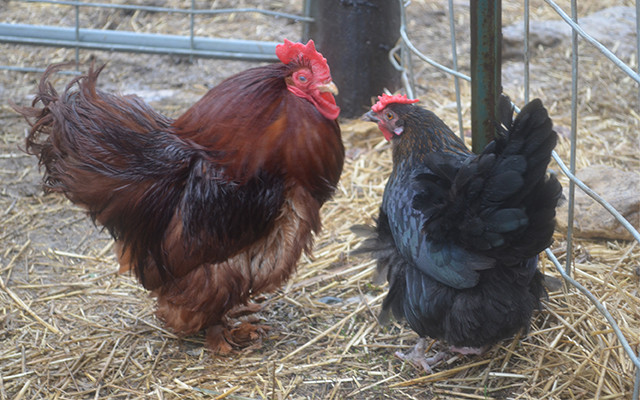 Photography by Heidi Wachter
Photography by Heidi WachterThe largest companion-animal refuge in the United States, Best Friends (www.bestfriends.org) provides asylum for dogs, cats, horses, rabbits, parrots, and pigs. Its creation in 1984 was a response to the euthanizing of dogs and cats in America’s overfilled shelters and represented a watershed moment in animal-welfare advocacy.
Located near the Golden Circle of Grand Canyon, Bryce Canyon, and Zion National Parks, the sanctuary attracts an estimated 30,000 visitors each year.
Most people stay in nearby towns, but the refuge offers cottages, cabins, and two fully equipped RV sites for rent. These allow a rescued dog to stay with visitors for a sleepover, which helps the animal eventually adjust to its forever home.
The sanctuary offers tours as well as opportunities to walk, feed, and groom the animals; visitors can also assist in cleaning chores. The experience can be transformational.
“I’ve always loved animals, but I started adopting those with special needs after my stints at Best Friends,” says Sherrie Bencik of Kalamazoo, Mich. Bencik first toured Best Friends in 2000 and now returns annually to volunteer. She’s even brought her two elementary-age kids to help work with the cats. Children between the ages of 6 and 9 can also attend the summer day camp, which features free activities designed to instill a love of animals.
By partnering with rescue groups and shelters across the country, the sanctuary’s “save them all” message has yielded significant results. Its programs have helped reduce the number of animals euthanized in shelters nationwide from 17 million to about 2 million annually and have profoundly influenced American culture, says cofounder Cyrus Mejia. “When people can no longer say, ‘It’s only a dog,’ that is social change.”
This originally appeared as “Safe Havens” in the October 2017 print issue of Experience Life.
Running Free
For nearly 30 years, Black Hills Wild Horse Sanctuary has provided 11,000 acres for America’s iconic mustangs to roam untethered among fields of wildflowers under a vast sky.
You can’t ride a horse at the sanctuary, located near Rapid City, S.D., but you can take a two-hour guided bus tour ($7.50–$50 donation) or a three-hour, privately guided, cross-country tour ($75–$150 donation).
Aspiring and professional shutterbugs can take advantage of a special year-round, three-hour guided tour — including photography tips — that offers close-up access to the horses for a $300 donation.
If you go, consider putting yourself to pasture for a night with a stay in one of the sanctuary’s rustic cabins or RV trailers, or in the prairie house. Prices range from $500 to $800 for two nights, depending on group size, and include a three-hour, cross-country tour. Proceeds are used to support the care of the horses. www.wildmustangs.com|
Friends, Not Food
Since its founding in 1986, Farm Sanctuary has been educating people about the humane treatment of farm animals, as well as the effects of factory farming on animals, humans, and the planet. It also advocates for institutional reforms, including laws designed to prevent farm-animal suffering.
Farm Sanctuary operates three shelters. At Watkins Glen in upstate New York, vacationers have a unique opportunity to learn about humane animal treatment and explore the beautiful Finger Lakes region. Visit an idyllic farmers’ market, apple orchard, or the Seneca Lake Wine Trail. Or grab your binoculars and watch birds or join a guided walk at Sapsucker Woods, a 230-acre bird sanctuary operated by Cornell University’s Lab of Ornithology.
The refuge offers on-site accommodations from May 1 to October 31 in tiny cabins for $160–$190/night or in small houses for $275–$319/night. Companion animals are welcome in most rooms. A $20 membership fee — a donation to the sanctuary — is also required. www.farmsanctuary.org
To find an animal sanctuary near you, visit www.sanctuaries.org.
Not All Sanctuaries Are Equal
Lack of official government oversight creates opportunities for “pseudo sanctuaries” — especially those housing exotic species — to continue exploiting animals. These guidelines from independent accrediting agencies can help you be a smart visitor, volunteer, or donor.
• Sanctuaries must maintain facilities that rescue and provide proper shelter, adequate nutrition, and veterinary care for animals that have been abused, injured, or abandoned, or are otherwise in need.
• There can be no captive breeding (except for organizations that reintroduce animals to the wild), no commercial trade in animals or animal parts, no unescorted public visitation or contact with animals (with some exceptions for adoption/foster programs), and no removal of animals for exhibition, education, or research.
• Organizations must obtain nonprofit tax-exempt status and appropriate permits, and they must practice ethical fundraising activities.
• Staff-, volunteer-, and visitor-safety protocols and training must be in place.

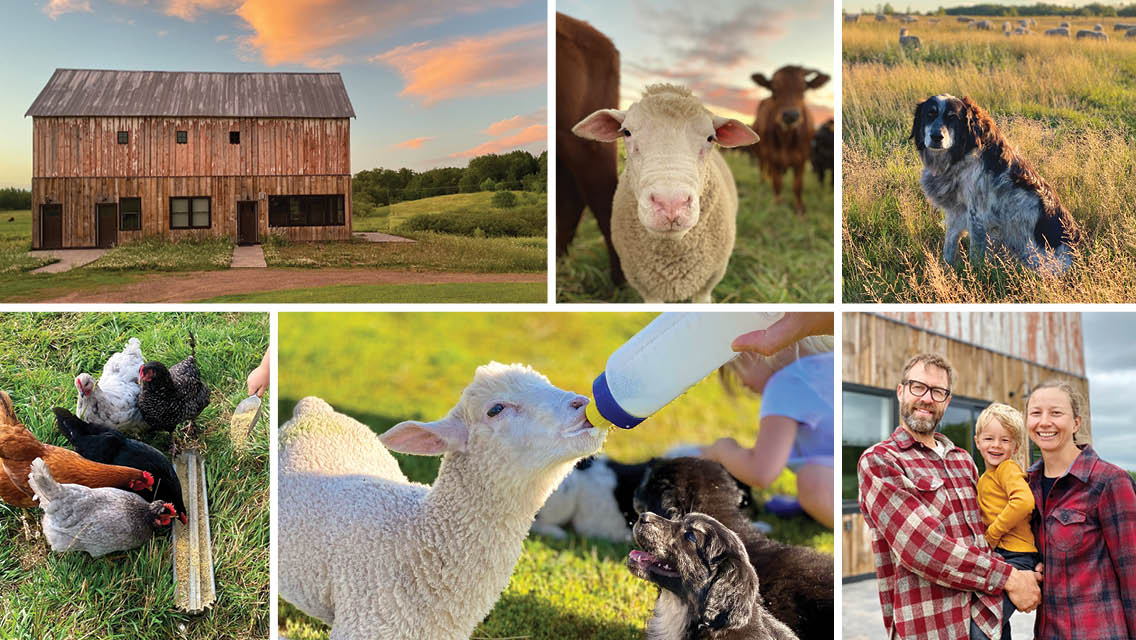
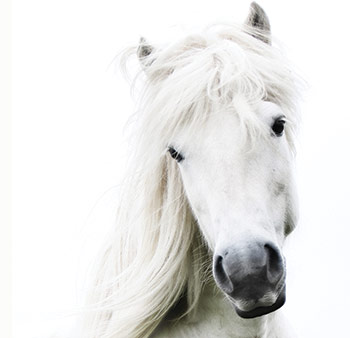
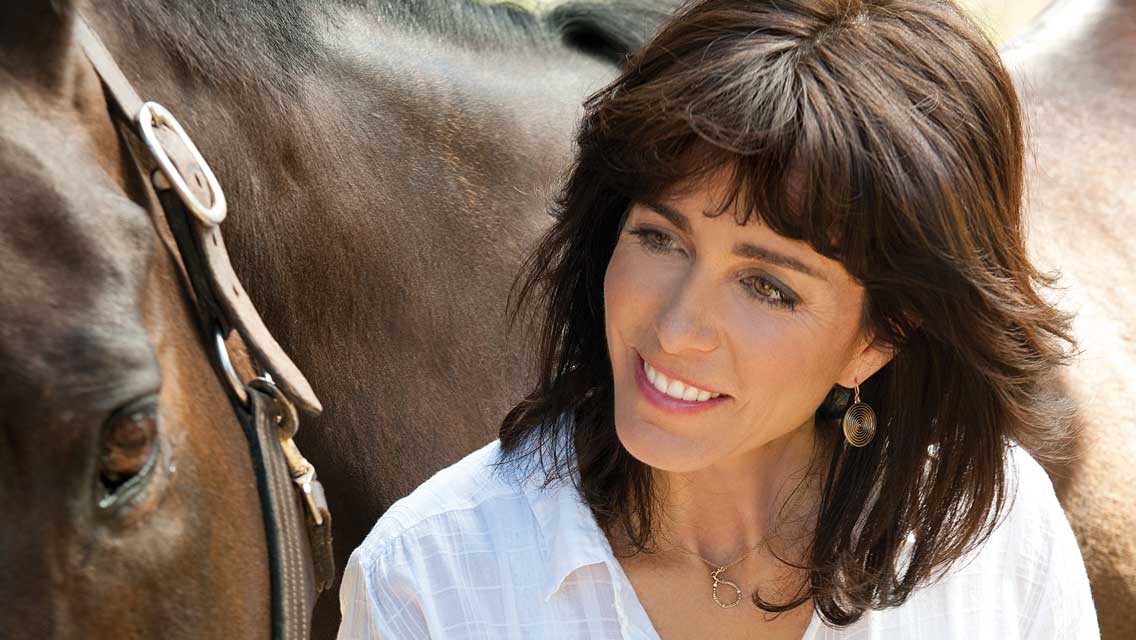
This Post Has 0 Comments